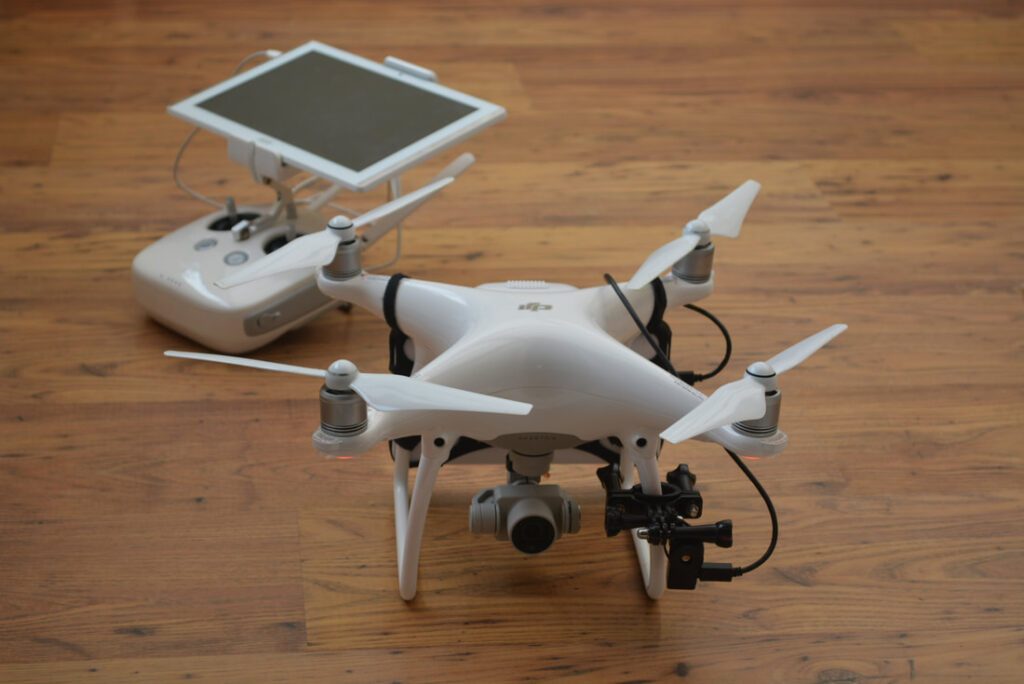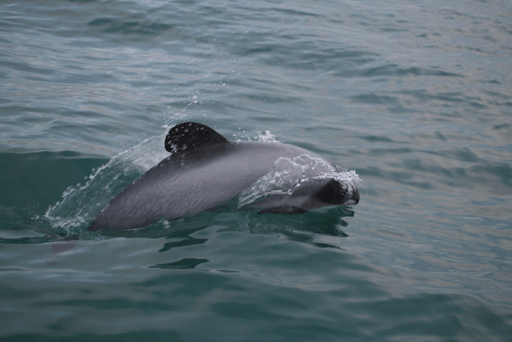Findings from a study conducted in New Zealand and the UK suggests that drones equipped with thermal imaging cameras could be used to locate and protect endangered Maui and Hector’s dolphins in New Zealand. The application could also be used for conservation measures for other marine mammal species around the world.
The successful study proved that aerial thermal detection and identification of Maui and Hector’s dolphins are both possible and relatively straightforward. Drones operated from fishing boats could detect (and help fishing crews avoid) marine mammals to reduce the risk of accidentally catching them.
Ocean Life Survey’s Martin Stanley developed and tested the thermal drone system in the UK and New Zealand, before deploying along the New Zealand Waitakere coastline for a trial survey.
“The results of our latest research open the way for the use of thermal imaging drones for improved marine mammal study and their direct protection. The thermal imaging drones, which detect the body heat of marine mammals, have been designed to operate from boats and land. They can be used to thermally detect and identify Maui & Hector’s dolphins, and other marine mammals, in real time, night and day.”

The drone system tested is an adapted DJI Phantom 4, with an extra on-board computer and thermal camera to transmit live thermal imaging, detect the position of mammals and transmit their GPS location to the operator.
The system could be used to provide direct protection to marine mammals such as New Zealand’s diminutive Maui and Hector’s dolphins. Both are endangered and at risk from fishing accidents and collisions with propellers.
Stanley believes the solution could be operated from fishing boats and other vessels, with drones sent up to search for nearby mammals prior to and during operations.
Aside from fishing accidents, the drone could be used in other potentially harmful situations: preventing disturbance to marine life from industrial noise such as pile driving, navy sonar operations and seismic testing.
Thermal imaging to study nocturnal behavior
As we have seen with similar work from Ocean Alliance, thermal imaging can also be used to learn more about the behavior of marine life, particularly about what whales and dolphins get up to at night under cover of darkness.
The capability to study at night could prove particularly useful in the cases of New Zealand’s miniature ocean mammals. Martin Stanley explains, “the thermal drone systems can also provide easier access to Maui and Hector’s dolphin habitats for nocturnal surveys, where boat access is limited… and where manned aircraft surveys are restricted.”

“The technology is affordable and available,” says Stanley. “Ocean Life Survey has made affordable aerial thermal imaging drone systems commercially available for under $5000 NZ dollars”
A statement from Stanley’s company, Ocean Life Survey, announced the intention to push the solution to market for marine agencies around the world.
It reads: “We would like to engage with other government agencies and marine industries around the world, to encourage them to use this technology for their marine mammal protection responsibilities.
We hope in the future that thermal drone systems will be used from vessels for marine mammal protection, and from land for coastal marine mammal surveys, both in New Zealand and around the world”.
Malek Murison is a freelance writer and editor with a passion for tech trends and innovation. He handles product reviews, major releases and keeps an eye on the enthusiast market for DroneLife.
Email Malek
Twitter:@malekmurison
Subscribe to DroneLife here.







[…] Source link […]